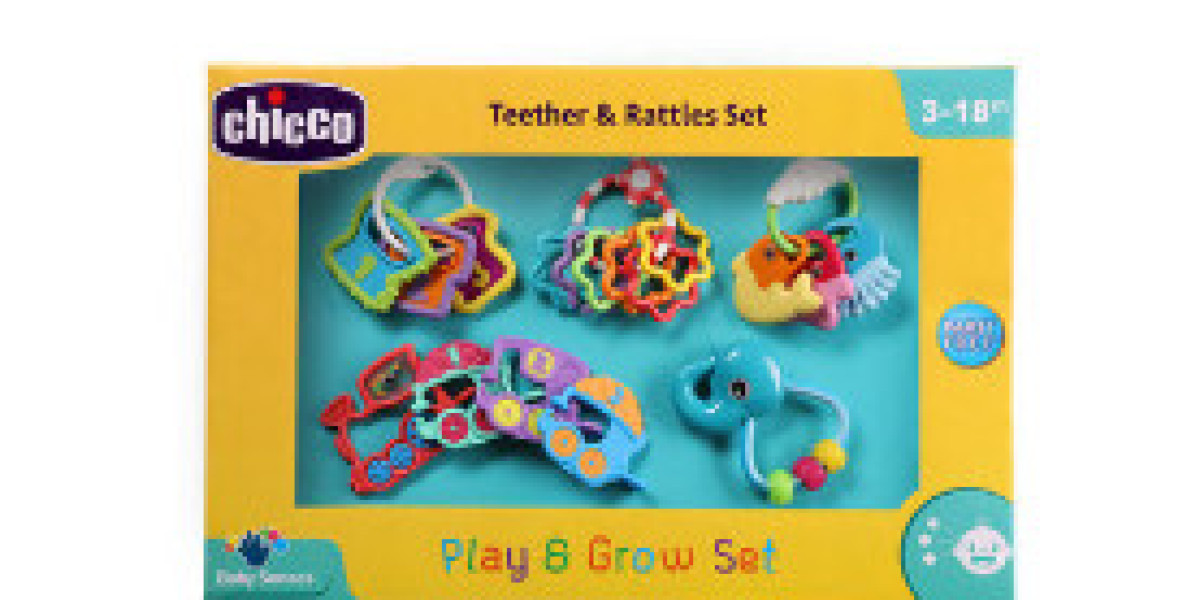As toddlers navigate their early years, they engage with the world around them through exploration and play. Sensory toys play a crucial role in this developmental stage by stimulating the senses and encouraging active learning. These toys provide unique opportunities for toddlers to engage their sense of touch, sight, sound, and even smell, fostering cognitive, physical, and social-emotional development. This guide will explore the importance of sensory toys for toddlers and how they can enhance exploration and learning.
Understanding Sensory Play
Sensory play refers to any activity that stimulates a child’s senses, including touch, taste, sight, sound, and smell. For toddlers, sensory play is vital as it:
Supports Brain Development: Engaging with various sensory experiences helps to form and strengthen neural connections in the brain, laying the foundation for future learning.
Encourages Exploration: Sensory toys invite toddlers to investigate and experiment, promoting curiosity and encouraging them to discover new concepts and skills.
Enhances Fine Motor Skills: Many sensory toys require toddlers to manipulate objects, which helps develop fine motor skills necessary for tasks like writing and self-care.
Benefits of Sensory Toys for Toddlers
1. Stimulating Cognitive Development
Sensory toys engage toddlers’ brains by providing opportunities for problem-solving and critical thinking. For example:
Puzzle Toys: Toys that require toddlers to fit shapes into corresponding slots encourage spatial awareness and reasoning skills.
Sorting Games: Toys that involve sorting by color, size, or texture help develop classification skills and logical thinking.
2. Promoting Language Skills
Sensory play often involves communication, whether through verbal interaction or non-verbal cues. Parents and caregivers can enhance language development by:
Naming Objects: When playing with sensory toys, caregivers can describe textures, colors, and sounds, expanding toddlers' vocabulary.
Encouraging Dialogue: Asking open-ended questions about the sensory experiences helps toddlers articulate their thoughts and feelings.
3. Fostering Emotional Regulation
Sensory toys can be beneficial for toddlers who may experience difficulty in regulating their emotions. Engaging with these toys can help:
Calm Overstimulation: Soft, squishy toys or calming sensory bottles can provide comfort and help toddlers self-soothe when feeling overwhelmed.
Encourage Focus: Sensory toys can serve as a distraction, helping toddlers focus their energy and emotions in a positive way during stressful situations.
4. Enhancing Social Skills
When toddlers play with sensory toys together, they develop essential social skills. Interaction with peers can:
Encourage Sharing and Turn-Taking: Many sensory toys require cooperative play, which teaches toddlers about sharing and waiting for their turn.
Build Relationships: Engaging in play with others fosters communication and helps build friendships, essential for social development.
5. Supporting Physical Development
Many sensory toys are designed to enhance physical skills through movement and manipulation. Activities such as squeezing, stacking, and rolling help:
Develop Hand-Eye Coordination: Toys like stacking blocks or squishy balls require toddlers to coordinate their movements, improving hand-eye coordination.
Encourage Gross Motor Skills: Sensory activities that involve jumping, crawling, or running help develop gross motor skills necessary for larger movements.
Types of Sensory Toys for Toddlers
When selecting sensory toys for toddlers, consider those that stimulate multiple senses. Here are some excellent options:
1. Textured Toys
Toys with varying textures—such as fabric books, sensory balls, or textured blocks—encourage toddlers to explore touch.
2. Musical Instruments
Simple instruments like shakers, xylophones, or maracas can stimulate auditory senses while promoting rhythm and coordination.
3. Water Play Toys
Water beads, squirt toys, and floating animals can provide tactile experiences while enhancing sensory exploration during bath time or outdoor play.
4. Light-Up Toys
Toys that light up or change colors provide visual stimulation and engage toddlers in cause-and-effect learning.
5. Sensory Bins
Creating sensory bins filled with rice, beans, or sand allows toddlers to explore textures and practice scooping, pouring, and sorting.
Tips for Using Sensory Toys Effectively
Supervise Play: Always supervise toddlers during sensory play to ensure their safety, especially with small parts or materials that could pose choking hazards.
Encourage Exploration: Allow toddlers to explore sensory toys at their own pace, promoting a sense of independence and curiosity.
Incorporate Language: Use descriptive language to talk about the sensory experiences, enhancing language development.
Rotate Toys: Keep sensory play fresh by rotating toys regularly to maintain interest and encourage ongoing exploration.
Involve Other Children: Encourage group play with sensory toys to promote social interaction and cooperative learning.
Conclusion
Sensory toys are invaluable toys for toddlers, enriching their developmental experiences and enhancing their learning through exploration. By engaging multiple senses, these toys support cognitive, emotional, and physical development while fostering social skills. As parents and caregivers, selecting and incorporating sensory toys into playtime can create a rich, engaging environment that promotes learning and curiosity, laying the groundwork for a lifetime of exploration and discovery.








